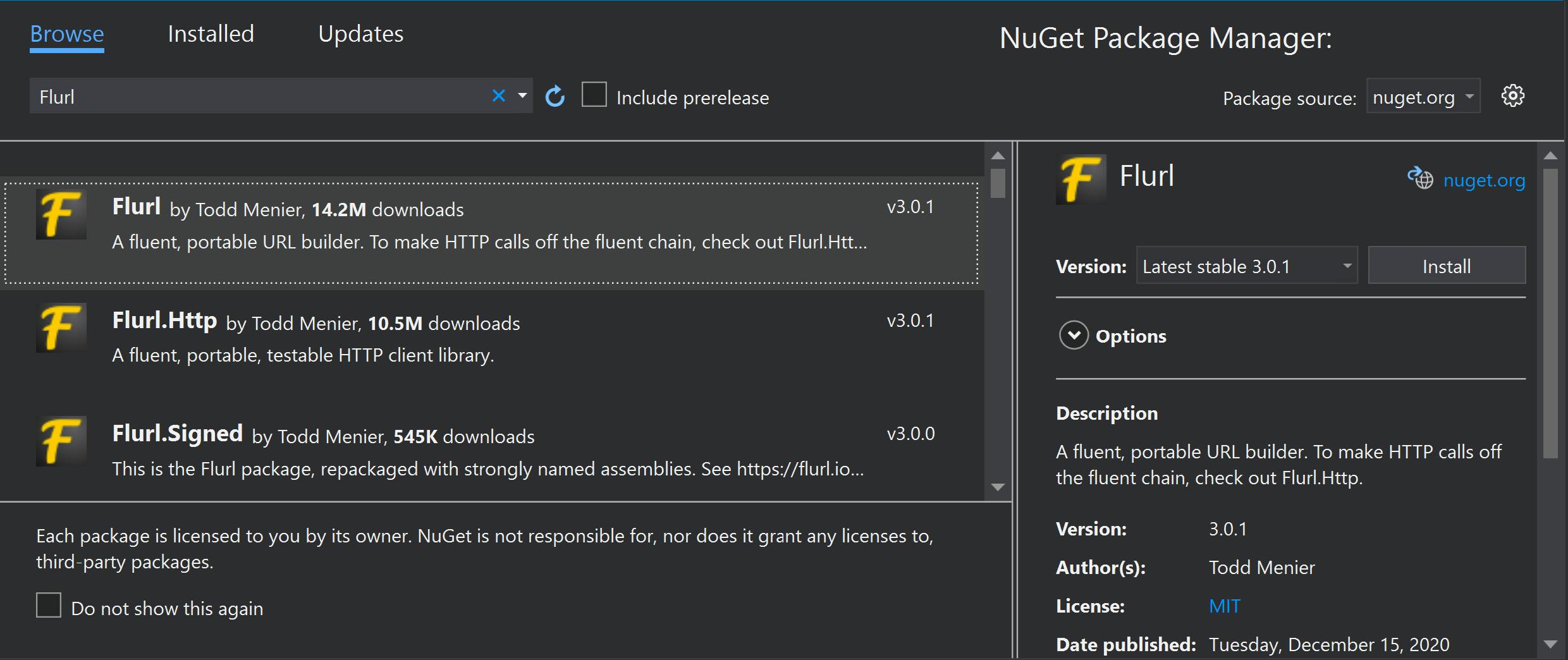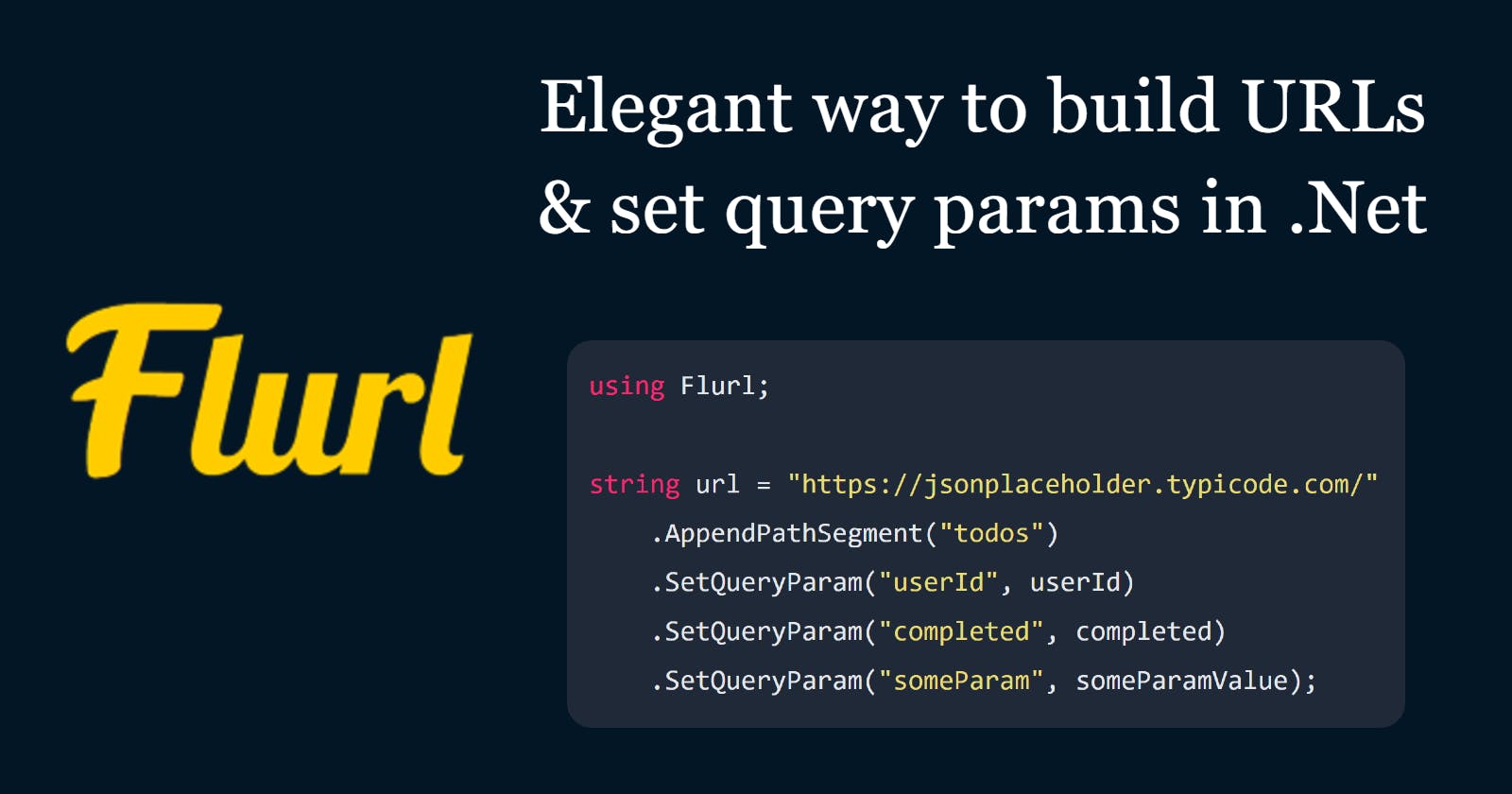Flurl - The elegant way to build URLs & set query params in .Net
A common task when calling web apis or resources from code is building a URL and adding the necessary query string and parameters.
The most common, naive and frequent code that we see to achieve this is :
var userId = 1;
var completed = true;
var someParamValue = "abc";
Uri baseAddress = new Uri("https://jsonplaceholder.typicode.com/");
Uri apiUrl = new Uri($"/todos?userId={userId}&completed={completed}" +
$"&someParam={someParamValue}", UriKind.Relative);
And the typical issue with the above code is that you could accidentally miss the starting ? or the & and = in the query parameters and create bugs; another issue is the readability of the code. When there is a high number of query parameters in the url, the code tends to be messy and unclean.
Flurl to the rescue.
Flurl is a modern, fluent, asynchronous, testable, portable, buzzword-laden URL builder and HTTP client library for .NET
Flurl adds extension methods to strings which helps us easily add path segment, set query params, set fragment, etc. in a clean and elegant manner.
Installing Flurl
Flurl can be installed via NuGet Package manager console as:
PM> Install-Package Flurl
Or via the NuGet Package manager UI:

Once installed, import the Flurl namespace and convert the messy URLs to more readable ones.
The initial code can now be modified and constructed with flurl as :
using Flurl;
string url = "https://jsonplaceholder.typicode.com/"
.AppendPathSegment("todos")
.SetQueryParam("userId", userId)
.SetQueryParam("completed", completed)
.SetQueryParam("someParam", someParamValue);
Apart from SetQueryParam there's also SetQueryParams extension that accepts object, any collection of key-value pairs, Tuples, or a Dictionary object.
Flurl extension methods are available on String as well on System.Uri. In either case, it's easy to convert back and forth using the ToString() and ToUri() methods.
using Flurl;
Uri url = "https://jsonplaceholder.typicode.com/"
.AppendPathSegment("todos")
.SetQueryParams(new
{
userId = userId,
completed = completed,
someParam = someParamValue
})
.ToUri();
Flurl provides lots of other utilities and extension methods too. Do check out flurl documentation for more details.

